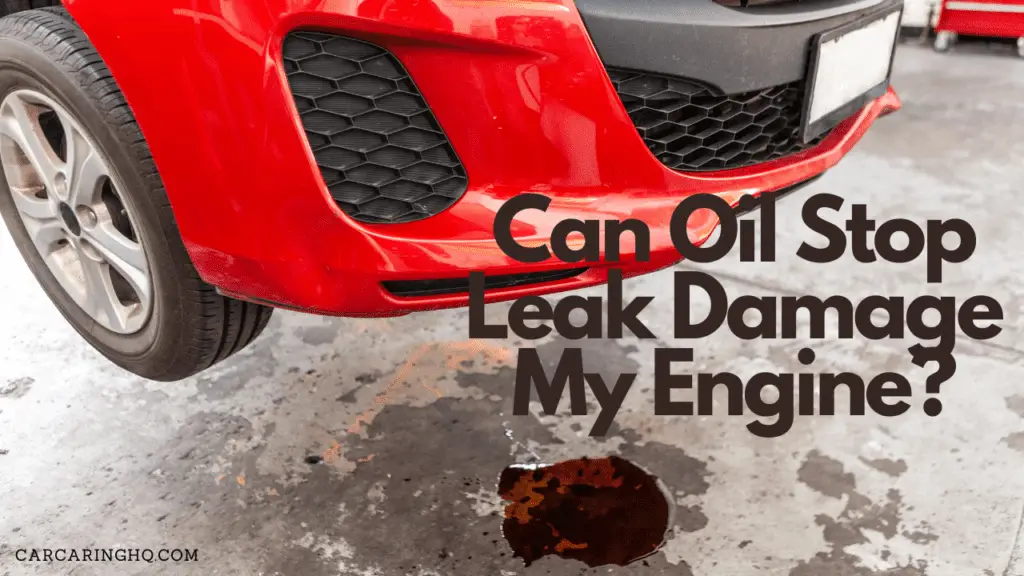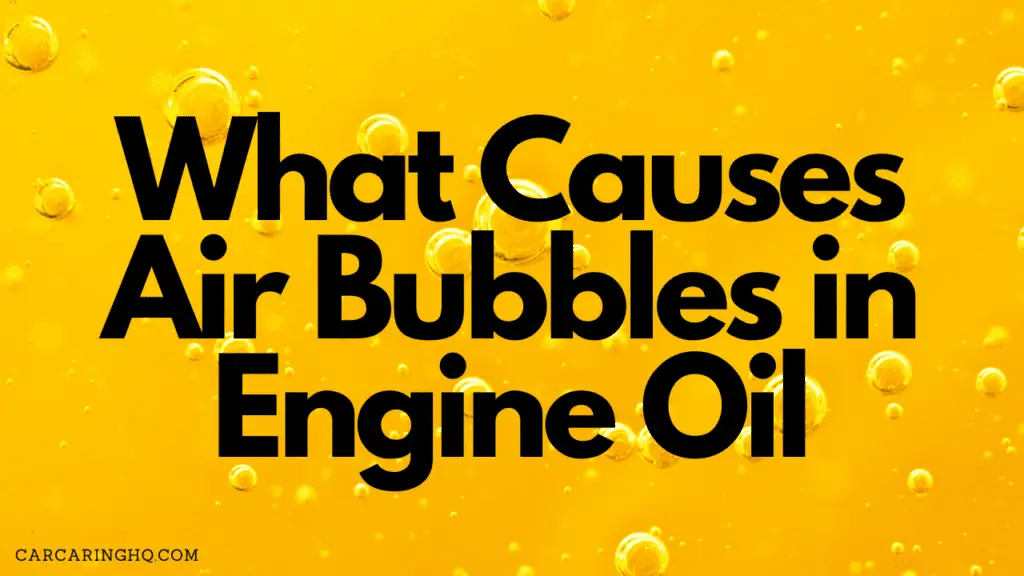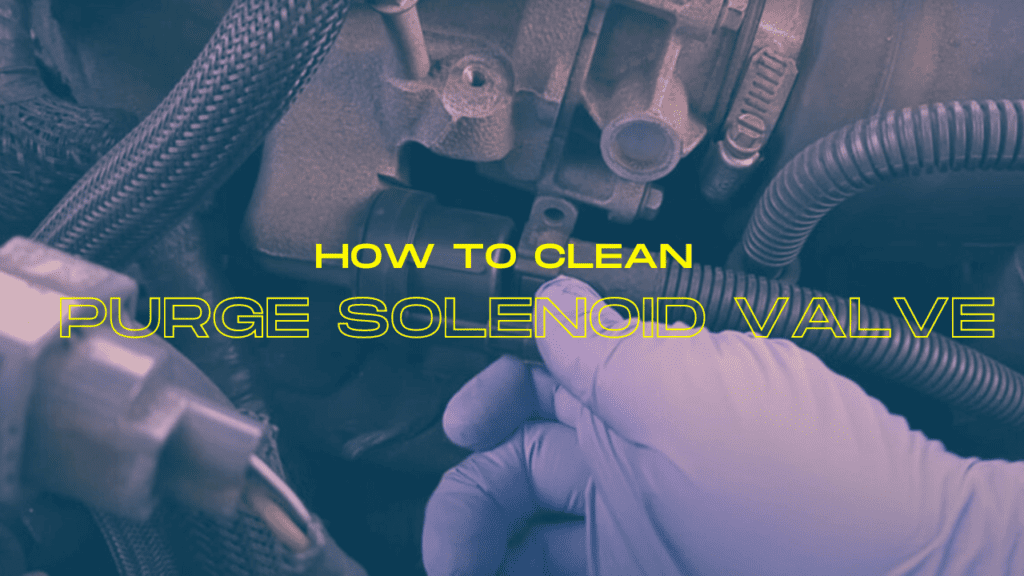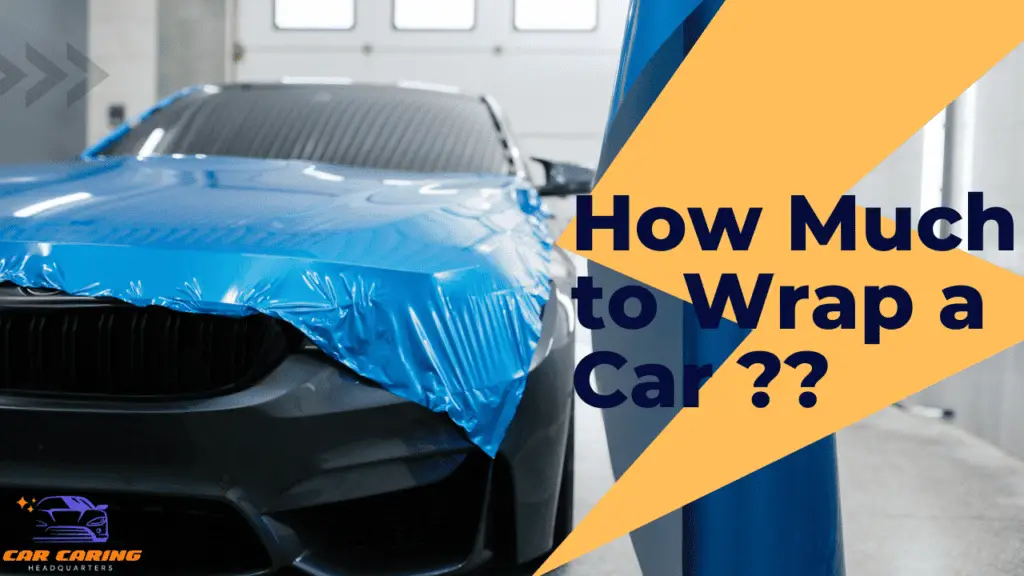Choosing the right wax for car isn’t just about making it look shiny and new. Think of wax as a protective shield for your car. Just like sunscreen for your skin, wax helps to protect the car’s paint from harsh UV rays, which can cause fading and damage over time. It’s not just the sun; waxing also shields your car from various environmental elements like road salt, bird droppings, and tree sap, which can all be harmful if left untreated.
A well-waxed car has a noticeable gleam and smoothness that can turn heads. The process of waxing can fill in minor scratches and imperfections, giving your car a more uniform look. This can be particularly important if you’re considering selling your car in the future; a well-maintained exterior can significantly increase the resale value.
Choosing the right wax for car isn’t just a one-time affair. Regular waxing helps in maintaining the longevity of the paint and keeping your car looking as good as new for years to come. It is a small investment of time and effort that pays off in the long run.
Table of Contents
Table of Contents
What are the Types of Car Wax
- Natural Wax (Carnauba Wax): Natural wax is from the leaves of the carnauba palm, this wax is celebrated for its ability to provide a deep, glossy shine. It’s particularly favored for vintage cars due to the rich, warm glow it imparts. However, it typically needs reapplying more frequently than synthetic waxes. Example of natural wax are Collinite No. 845 Insulator Wax that offers exceptional durability and is popular among both enthusiasts and professionals. Mothers 05500 California Gold Brazilian Carnauba Cleaner Wax which is a blend of carnauba wax with light cleaners.
- Synthetic Wax: Synthetic Wax is made from polymers and chemicals, synthetic wax is designed to provide longer-lasting protection than natural waxes. They are generally easier to apply and remove, making them a good choice for everyday drivers. Example of synthetic wax are Turtle Wax T-3KT Black Box Kit which is a synthetic kit designed specifically for black cars. Chemical Guys WAC_201_16 Butter Wet Wax in which a wax that offers the ease of a synthetic with the shine of carnauba.
- Paste Wax: Paste Wax is known for its thick consistency, paste wax is often considered the most protective and long-lasting. It can be harder to apply but provides a rich, wet look that many enthusiasts crave.
- Liquid Wax: Liquid Wax has a smoother texture, making it easier to apply than paste waxes. While it doesn’t last as long, it provides a good balance of shine and protection. Example of liquid wax is Meguiar’s G18216 Ultimate Liquid Wax which offers easy application and long-lasting protection. Griot’s Garage 11016 Liquid Gloss Poly Wax is known for its glossy finish and ease of use.
- Spray Wax: Spray Wax is the easiest and quickest to apply, spray wax is ideal for spot treatments and regular maintenance. It provides the shortest protection among waxes but is non-abrasive and convenient for quick touch-ups. Example of spray wax are Turtle Wax T-477R ICE Spray Wax which offers a quick application with decent shine and protection. Chemical Guys WAC_808_16 Hybrid V7 Optical Select High Gloss Spray Sealant and Quick Detailer which a hybrid product that combines the ease of a spray with longer-lasting protection.
- Colored Wax: Colored waxes are formulated to enhance the color on vehicles, particularly effective on white or black cars. They don’t alter the underlying paint color but can help in masking light scratches and swirls. Example of colored wax is Turtle Wax T-374KTR Color Magic Car Polish: which available in various colors to match and enhance your car’s paint. Formula 1 Black Color Wax which designed to restore and maintain the deep black color of cars.
Each of these waxes has its own unique benefits and use cases. It’s important to choose one based on your car’s needs, your personal preference for finish and shine, and the amount of time you’re willing to dedicate to the application process. Remember, regular waxing not only keeps your car looking great but also protects the paint over the long term.
Factors to Consider in Choosing the Right Wax for Car
- For Different Vehicle Types
- Cars: Look for a high-quality liquid wax or a synthetic polymer sealant. These often provide a good balance of shine and protection.
- Trucks: A paste wax with carnauba for added durability might be beneficial, especially if the truck is used in rough conditions.
- Motorcycles: Spray waxes are often preferred for motorcycles as they can be easier to apply in small areas and around intricate parts.
- Based on Climate and Weather Conditions
- Sun Exposure: Choose a wax with UV protection. Synthetic polymer waxes often provide excellent UV resistance.
- Rainy Environments: A carnauba-based wax or a synthetic sealant that emphasizes water-beading can be effective.
- Snowy Areas: Look for a wax with anti-corrosive properties, possibly a synthetic wax that offers a stronger protective barrier.
- For Desired Finish
- Glossy: High-grade carnauba waxes are known for providing a deep, rich gloss.
- Matte: Use a specialized matte wax designed not to add shine but to protect the surface.
- Natural Look: A natural carnauba wax without any added polishing agents can maintain the vehicle’s inherent look while providing protection.
Steps to Wax Your Car
Preparation
- Cleaning and Drying:
- Begin by thoroughly washing your vehicle to remove dirt, grime, and debris. It’s essential to start with a clean surface to ensure the wax adheres properly.
- Use a quality car shampoo and a microfiber cloth or wash mitt to gently clean the surface.
- Rinse the vehicle thoroughly and make sure no soap residue remains.
- Dry the vehicle completely with clean, soft towels or a microfiber drying cloth. Water spots can hinder the waxing process, so ensure the car is entirely dry.
Applying Wax
- Hand Application vs. Machine Application
- Hand Application:
- Apply a small amount of wax to a foam applicator pad.
- Use a circular motion to apply the wax evenly over one section of the vehicle at a time, ensuring complete coverage.
- This method provides control and allows you to feel the paint, ensuring a thorough application.
- Machine Application:
- Use a dual-action polisher for a more efficient and consistent application.
- Apply the wax to the machine’s pad and spread it at a low speed, then increase the speed to work the wax into the paint.
- This method is faster and requires less manual effort but can be intimidating for beginners.
- Hand Application:
Buffing and Polishing:
- Achieving a Smooth Finish:
- Once the wax is applied and has hazed over (which typically takes a few minutes), it’s time to buff it off.
- Use a clean, soft microfiber towel to gently buff the wax off the vehicle’s surface.
- Turn the towel frequently to ensure a clean side is always in contact with the car’s surface.
- Buff until all the wax residue is removed, and the surface shines.
- Inspect the vehicle in different lights to ensure an even, smooth finish without streaks or spots.
Maintenance Tips:
- How to Extend Wax Durability:
- Park your vehicle in a garage or under a cover whenever possible to protect the wax from environmental elements.
- Wash your vehicle regularly, but avoid harsh detergents that can strip the wax. Use a wax-friendly car wash soap.
- Consider using a quick detailer or spray wax in between full wax applications to maintain the shine and protective layer.
- Avoid automatic car washes with abrasive brushes, as they can diminish the wax’s protective qualities.
- Reapply wax every three to four months or as needed, depending on the product’s durability and your vehicle’s exposure to elements.
Waxing your vehicle is a satisfying process that not only enhances its appearance but also provides protection against environmental factors. Regular maintenance and proper application techniques will ensure your vehicle stays looking great and its paint remains protected. Remember, the effort you put into waxing your car pays off in the long run by maintaining the vehicle’s value and beauty.
The finish you desire is another critical factor. If a high-gloss, showroom-like shine is what you’re after, a pure carnauba wax would be your best bet. For those who prefer a more natural look, opt for a wax that enhances the vehicle’s original color without adding excessive shine. The ease of application is also a crucial consideration. If you’re new to waxing or prefer a straightforward process, liquid waxes and spray waxes are generally easier to apply and remove. Conversely, if you don’t mind investing more time and effort for potentially better results, a paste wax might be more suitable.
Reading product labels is vital in making an informed decision. Understanding the differences between the ingredients, such as carnauba, synthetic, and hybrid waxes, can help you predict how they’ll perform on your vehicle. Look for specific features like UV protection, water beading capabilities, or suitability for different paint colors. Additionally, pay attention to the manufacturer’s instructions for application and removal, as this can influence your choice based on your preferences and the tools you have available.







